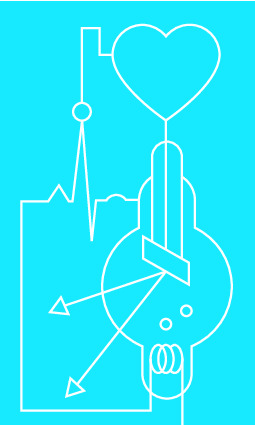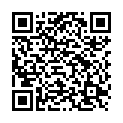|
|
|
| Module code: BMT2613.BCI |
|
|
1V+3PA (4 hours per week) |
|
6 |
| Semester: 6 |
| Mandatory course: no |
Language of instruction:
English/German |
Assessment:
Project with presentation
[updated 27.04.2021]
|
BMT2613.BCI (P221-0183) Biomedical Engineering, Bachelor, ASPO 01.10.2018
, semester 6, optional course
BMT2613.BCI (P221-0183) Biomedical Engineering, Bachelor, SO 01.10.2025
, semester 6, optional course
KIB-BCI Computer Science and Communication Systems, Bachelor, ASPO 01.10.2021
, optional course, informatics specific
KIB-BCI Computer Science and Communication Systems, Bachelor, ASPO 01.10.2022
, optional course, informatics specific
MTM.BCI (P231-0128) Mechatronics, Master, ASPO 01.04.2020
, optional course, technical
MST2.BCI Mechatronics and Sensor Technology, Bachelor, ASPO 01.10.2019
, optional course
MST2.BCI Mechatronics and Sensor Technology, Bachelor, ASPO 01.10.2020
, optional course
PIB-BCI (P221-0183) Applied Informatics, Bachelor, ASPO 01.10.2022
, optional course, informatics specific
PIB-BCI (P221-0183) Applied Informatics, Bachelor, SO 01.10.2026
, optional course, informatics specific
Suitable for exchange students (learning agreement)
|
60 class hours (= 45 clock hours) over a 15-week period.
The total student study time is 180 hours (equivalent to 6 ECTS credits).
There are therefore 135 hours available for class preparation and follow-up work and exam preparation.
|
Recommended prerequisites (modules):
None.
|
Recommended as prerequisite for:
|
Module coordinator:
Prof. Dr. Dr. Daniel Strauß |
Lecturer: Prof. Dr. Dr. Daniel Strauß
[updated 15.03.2021]
|
Learning outcomes:
After successfully completing this module, students will be able to apply their basic knowledge about biosignal processing as it relates to movements of collaborative robots.
Based on their interdisciplinary knowledge of programming and biosignal processing, they will be able to solve simple tasks involving collaborative industrial robots and then record and interpret the relevant neural activity data and control the robot.
Students will be able to collaborate with students from other disciplines (BMT, Computer Science, Mechatronics) in their project assignments and in doing so, use different skills.
In addition to professional qualifications, students will have acquired experience in assuming professional and organizational responsibility within their (interdisciplinary) project team.
As study participants, students will have learned essential soft skills in dealing with subjects and patients.
[updated 27.04.2021]
|
Module content:
The basics of direct dialog between man and machine
Setting up experiments to measure and detect relevant patterns in human neural signals, in particular the electroencephalogram (EEG)
The interpretation and analysis of neural signals by means of signal processing and pattern recognition to control a robot
Simple programming of collaborative industrial robots
Handling robot hardware and system-dependent scripting language (based on UR as an example)
Implementing the control of the robot hardware based on interpreted data
[updated 27.04.2021]
|
Teaching methods/Media:
Lecture, practical exercises, workshop/training, meeting
[updated 27.04.2021]
|
Recommended or required reading:
Bruce, Eugene N.: Biomedical Signal Processing and Signal Modeling, John Wiley & Sons, 2001
Nunez, Paul L; Shrinivasan, Ramesh: Electric Fields of the Brain: the neurophysics of EEG, Oxford University Press, 1991
Semmlow, John L.: Biosignal and Biomedical Image Processing, Marcel Dekker, 2004
Clément, Claude. Brain-Computer Interface Technologies, Springer, 2019
http://www.i-botics.de/wp-content/uploads/2016/08/UR3_User_Manual_de_Global.pdf
https://www.universal-robots.com/download/?option=15833
[updated 27.04.2021]
|


